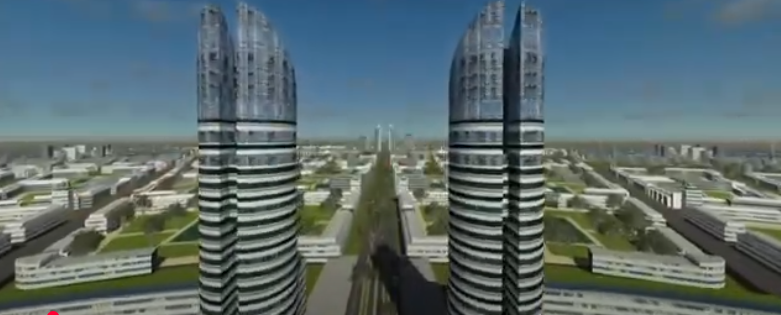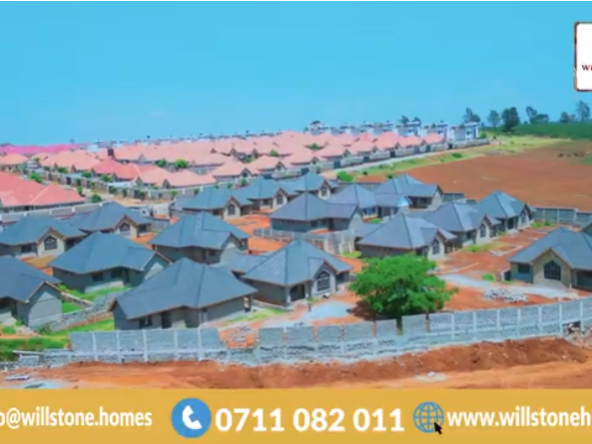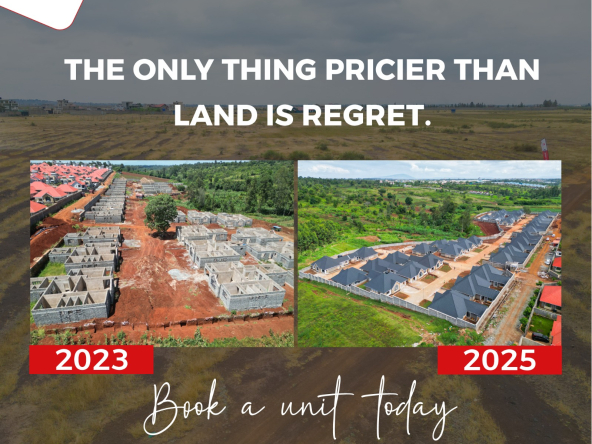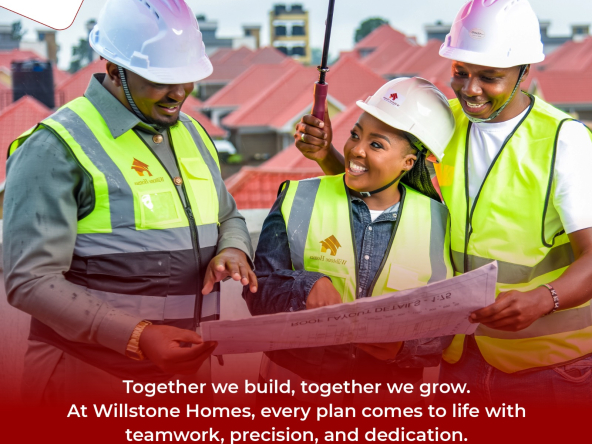Kenya’s real estate landscape is undergoing a dramatic transformation in 2025. From futuristic cities like Tatu and Konza to robust government-backed affordable housing schemes, real estate developments in Kenya are not only reshaping urban living but also unlocking investment opportunities across the country. This article explores key mega-projects, market trends, and innovations shaping the built environment.
Mega Real Estate Projects Transforming Kenya
1. Tatu City — Kenya’s First Private Smart City
Located in Kiambu County, just 19 km from Nairobi CBD, Tatu City is a 5,000-acre Special Economic Zone (SEZ) offering live-work-play ecosystems. It currently accommodates:
- 88 companies
- 5,000+ residents
- 15,000+ workers
Key Features:
| Component | Details |
|---|---|
| Utilities | Privately managed water, sewer, and power |
| Education | Nova Pioneer, Crawford, Woodcreek Schools |
| Industry | Warehousing, logistics hubs, and light industry |
| Governance | Digitally managed zoning, building approvals |
“Tatu City is a model for African urbanization,” says Stephen Jennings, founder of Rendeavour.
Read Also: From Blueprints to Blocked Projects: Why So Many Real Estate Developments in Kenya Stall
2. Konza Technopolis — Silicon Savannah’s Crown Jewel
Dubbed Africa’s Silicon Valley, Konza is a 5,000-acre smart city 64 km south of Nairobi. Phase 1 is 80% complete as of July 2025.
Progress Update:
- Investors given 18 months to begin building or lose land rights.
- Infrastructure includes roads, electricity, ICT backbone, and waterworks.
Strategic Goals:
- Host 200,000+ residents
- Create 100,000 tech and research jobs by 2030
3. 88 Nairobi Condominium Tower — Tallest in Sub-Saharan Africa
Under construction in Upper Hill, this 47-storey residential tower will stand 577 feet tall, making it the tallest residential building in Sub-Saharan Africa by 2026.
4. Talanta Sports City
Being developed in Nairobi as part of preparations for AFCON 2027, this Sh32 billion stadium will seat 60,000 and catalyze mixed-use developments around it.
Affordable Housing Surge in Kenya
Driven by a housing shortfall of over 2 million units, the government is accelerating projects under the Affordable Housing Programme (AHP).
Key Projects in 2025
| Project Location | Units Planned | Developer | Status |
|---|---|---|---|
| Mavoko (Machakos) | 6,700 | Government + private sector | Underway |
| Ruiru | 4,000 | Shelter Afrique Partnership | Ongoing |
| Ngong Road | 2,800 | Urban Renewal Program | Ongoing |
| Mlolongo | 5,000+ | County-Government Initiative | Breaking Ground |
Legal Support: The Affordable Housing Act (2024) gives legal backing to mandatory housing levies, which are funding part of these developments.
Market and Investment Trends
Despite high interest rates (averaging 18–22%), the real estate sector remains attractive thanks to innovation, migration, and infrastructure-led growth.
Market Highlights
| Metric | Q1–Q2 2025 | Year-on-Year Change |
|---|---|---|
| Average House Price | KSh 8.2 million | ▼ 14% |
| Construction Cost Index | 9.1% increase | ▲ |
| New Housing Loans | ▼ 13.5% | |
| KMRC-backed Mortgages | 11,200 applications | ↑ 28% |
Investor Shift: Only 22% of high-net-worth Kenyans now prefer residential property, compared to 50% in 2023. Many are moving to:
- Real Estate Investment Trusts (REITs)
- Government bonds
- Agribusiness
- Tech ventures
Real Estate Hotspots: Satellite Towns & Corridor Cities
As Nairobi becomes saturated, developers and homebuyers are heading to emerging suburbs and satellite towns:
Fast-Growing Real Estate Zones
| Location | Main Driver | Property Type Popular |
|---|---|---|
| Ruiru | Thika Superhighway + AHP | Apartments, plots |
| Kitengela | Road expansion + middle-class boom | Maisonettes, gated estates |
| Juja | Student housing demand | Bedsitters, 1-BRs |
| Ngong & Karen | Scenic + premium lifestyle | Villas, smart homes |
| Syokimau | SGR & JKIA proximity | Apartments, own-compounds |
Rad Also: What Impact Do High Interest Rates Have on Kenya’s Commercial Real Estate Sector?
What the Future Holds for Real Estate Developments in Kenya
Real estate developments in Kenya in 2025 are no longer confined to Nairobi’s boundaries or outdated construction models. With smart cities, digitized land records, sustainable builds, and affordable housing megaprojects in full swing, the country is setting the stage for a new chapter in urbanization and homeownership. Whether you’re a homebuyer, developer, or investor, the opportunities are vast—if you know where to look.




